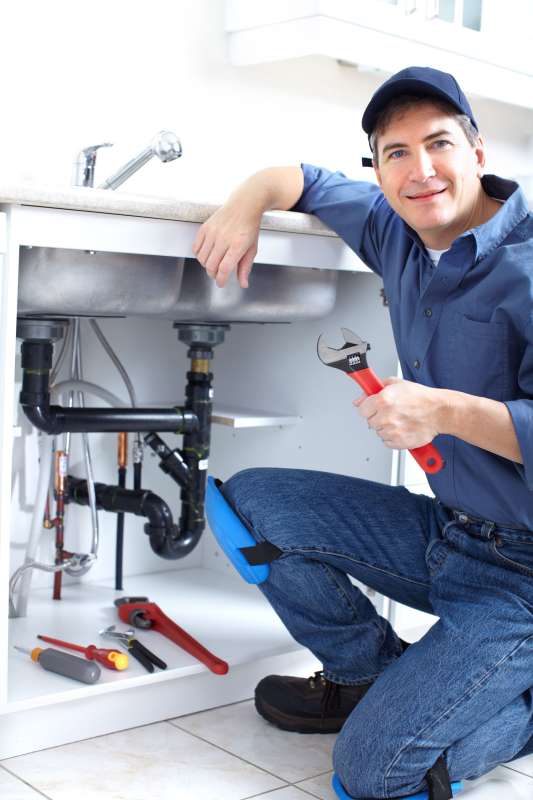Overflowing Toilets Plumbing Services in Washington, DC
Washington Overflowing Toilets Pros on call now in District of Columbia
Overflowing Toilets provides an emergency plumbing service that addresses sudden overflows and component malfunctions. Technicians examine plumbing systems to identify root causes, and take corrective action to resolve overflow and clean the premises. This service is essential for ensuring sanitation and structural safety
We provide top-quality Plumbing services throughout District of Columbia. Whether you need help with Overflowing Toilets or other issues, our Pros is ready.
Plumbing Services in Washington, DC

Appliances
Installing dishwashers, hot water heater (tank and tankless), waste disposal unit, and washing devices.

Backflow Testing and Prevention
Guaranteeing backflow prevention gadgets are working correctly.

Bathroom and Kitchen Remodeling
Relocating or upgrading plumbing systems.

Building Code Compliance
Ensuring plumbing systems meet local policies.

Burst Pipes
Immediate response to prevent flooding and water damage.

Clogged Drains
Cleaning blockages in sinks, toilets, showers, and drain lines.

Drain Cleaning
Routine cleaning to prevent obstructions and preserve circulation.

Fixture Repairs
Fixing malfunctioning faucets, toilets, and other components.

Fixtures
Installation of sinks, faucets, toilets, bath tubs, and showers.

Gas Leaks
Emergency detection and repair to prevent threats.

Gas Line Repairs
Fixing gas leakages and making sure proper gas line operating.

Greywater Recycling Systems
Establishing systems for reusing household wastewater.

Hydronic Heating
Installing and maintaining radiant floor heating systems.

Industrial Pipework
Specialized piping for factories or industrial settings.

Irrigation Systems
Setting up and maintaining outside watering.

Large-scale Installations
Plumbing systems for brand-new structures or restorations.

Leak Detection and Repair
Repairing leakages in pipelines, faucets, toilets, and devices.

Overflowing Toilets
Quick resolution of severe clogs and overflows.

Pipe Inspections
Using cams to examine pipelines for damage or blockages.

Pipe Repairs
Fixing or changing burst, rusted, or harmed pipes.

Pipes and Fittings
Setting up brand-new piping systems for water, gas, and drainage.

Pre-Purchase Inspections
Evaluating plumbing systems before buying property.

Rainwater Harvesting Systems
Installing systems to collect and utilize rainwater.

Regular Maintenance Contracts
Continuous upkeep services for businesses.

Septic System Services
Putting up, fixing, and maintaining septic tanks.

Sump Pump Installation and Repair
Managing groundwater in basements.

Upgrading Fixtures
Setting up water-efficient or contemporary fixtures.

Water Efficiency Consulting
Advising on water-saving strategies and products.

Water Filtration Systems
Installing water conditioners and filtration systems.

Water Heater Maintenance
Flushing and checking hot water heater to extend life-span.

Water Heater Repair
Resolving issues with temperature, leakages, or failure to heat water.

Waterproofing
Safeguarding basements or other areas from water intrusion.

Sewer Backups
Immediate attention to prevent contamination and health dangers.


